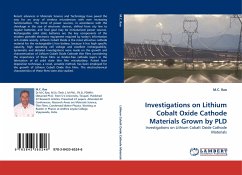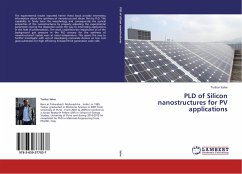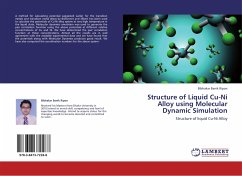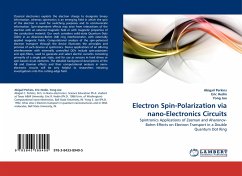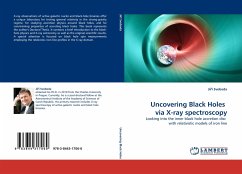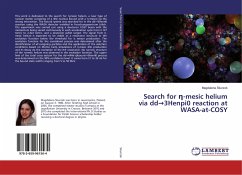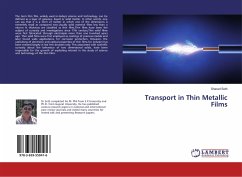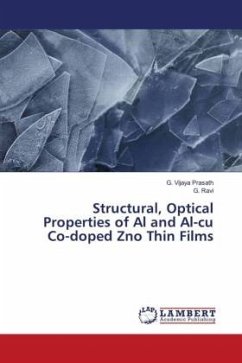
Various Metallic Catalytic Role in Graphene Formation via PLD
A study of graphene growth by IR nanosecond pulsed laser deposition on copper & Nickel/copper complex composites
Versandkostenfrei!
Versandfertig in 6-10 Tagen
36,99 €
inkl. MwSt.

PAYBACK Punkte
18 °P sammeln!
Graphene deposition attracted great attention over a decade. Despite mature related technique like CVD, the energetic process like pulsed laser deposition PLD is presenting a bit different growth dynamics and mechanism. This work was focused on studying the growth mechanism on two main terms namely; the laser-assisted carbon plasma and the energetic particles growth modes on complex metals surfaces. Arrays of metals substrates started as following; i) commercial copper, ii) thermally coated copper strip & iii) Ni coated thermally coated copper. Each substrate was conducted to critical treatmen...
Graphene deposition attracted great attention over a decade. Despite mature related technique like CVD, the energetic process like pulsed laser deposition PLD is presenting a bit different growth dynamics and mechanism. This work was focused on studying the growth mechanism on two main terms namely; the laser-assisted carbon plasma and the energetic particles growth modes on complex metals surfaces. Arrays of metals substrates started as following; i) commercial copper, ii) thermally coated copper strip & iii) Ni coated thermally coated copper. Each substrate was conducted to critical treatments prior to carbon deposition in a full closed process without breaking the vacuum. Bi-Tri and Few layers graphene were successfully grown upon using different growth parameters of substrate temperature and cooling rate. A critical type of PLD deposited thin nickel film on copper substrate coupled with laser power was able to grow fair quality graphene at room temperature, which is considered to be one of the very few reports of RT graphene.



